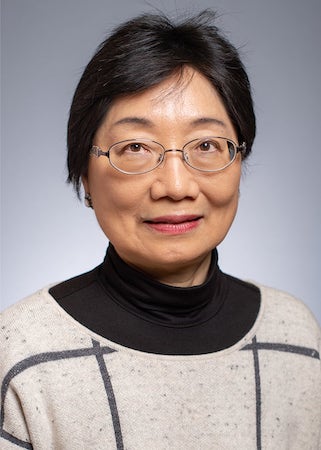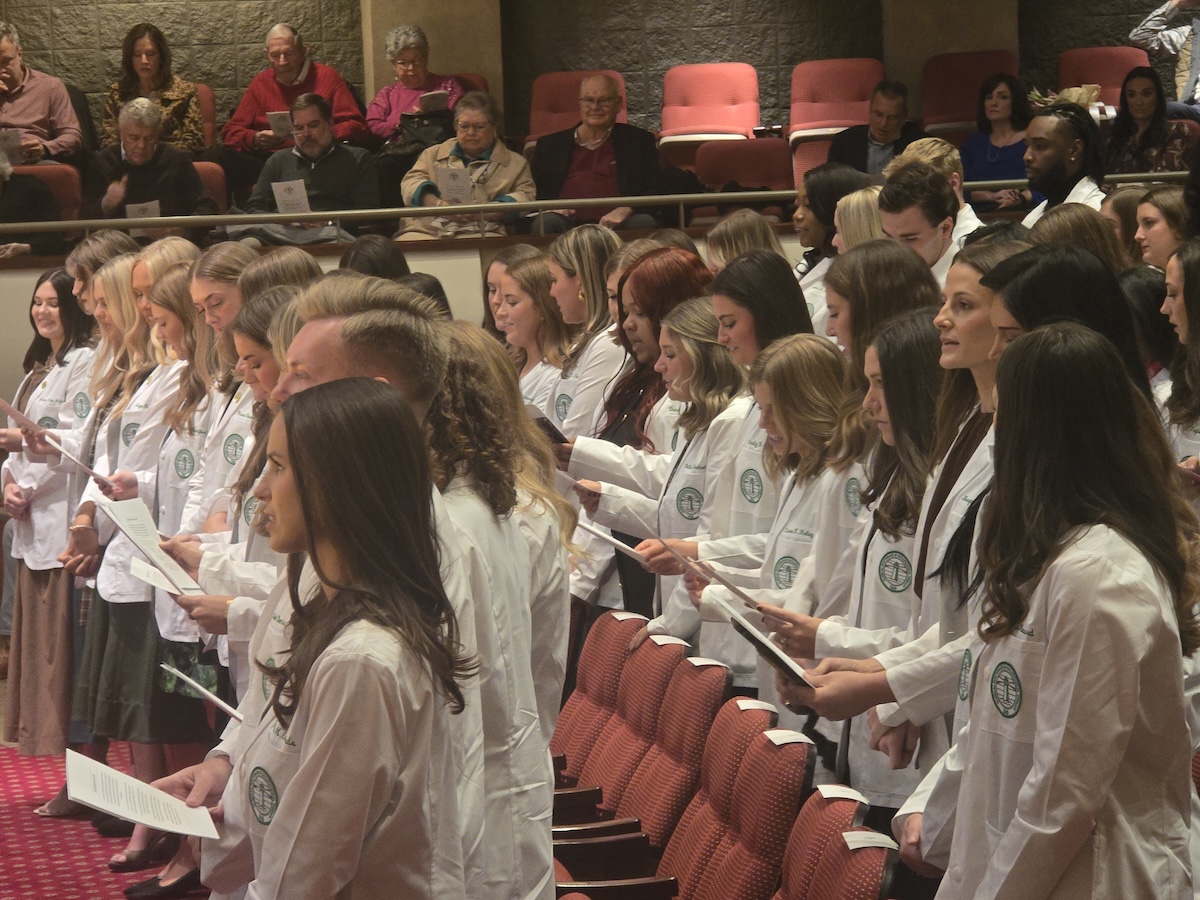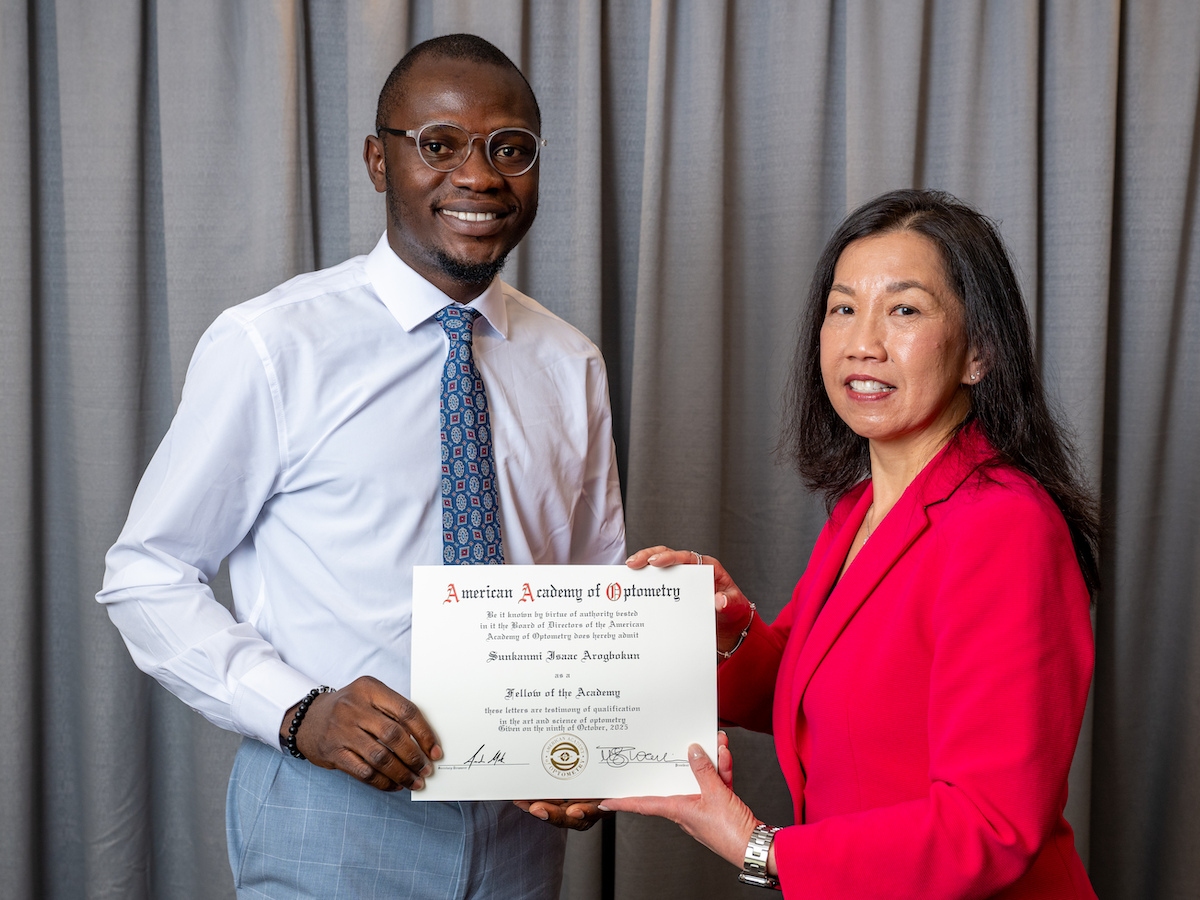 In this edition of our alumni feature, we highlight and celebrate Dr. Pi-Ling Chang. All of you may remember Dr. Chang - she was the very first student in the PhD program and she remained with the department throughout her career.
In this edition of our alumni feature, we highlight and celebrate Dr. Pi-Ling Chang. All of you may remember Dr. Chang - she was the very first student in the PhD program and she remained with the department throughout her career.
What brought you to Birmingham, and why did you decide to get a PhD in Nutrition Sciences given that your background was in biochemistry?
After graduating with MA in Biochemistry from the University of Chicago, I taught at the Women’s College in Saudi Arabia in the department of Biochemistry. Teaching there was a great cultural experience as I was able to interact with the girl students and getting to know their mindset about pursuing studies in medicine and science. Teaching also led me to focus on my goal in staying in academia and pursuing a doctoral degree in Nutrition Sciences, which has clinical relevance as opposed to purely Biochemistry. The reason for coming to Birmingham was because our department was known as the first to provide Nutrition education to medical students. At that time Dr. Butterworth was the chair of the department and he published the article “Skeleton in the Hospital Closet”. My second reason for coming to UAB was that my sister was already in Birmingham attending medical school.
Looking back through our records, more than 60 students have received a PhD from our program since it began in 1986. From a student’s perspective, how different was the program when you did it compared to what it has been like in recent years?
From 1986 to present, the program has expanded and transitioned from basic and body composition/obesity to largely obesity research. In 1986, basic research professors and doctoral students occupied laboratories in Volker Hall. We did not move to the Susan Mott Webb building until the completion of research laboratories on the third floor in 1990 or 1991.
After you finished the PhD, did you do a postdoc or did you go straight into a faculty position?
I was a post-doctoral fellow for two years in our department and then transitioned to an instructor, which allowed me to teach and write grant applications.
Did you ever want to go into industry or work outside of academia?
My goal was to stay in academia. I was offered a post-doctoral fellowship at NIH but was not able to accept the position as I did not have permanent residency at that time.
When you think back about all of the years that you’ve given to the Department of Nutrition Sciences, what are you most proud of?
In terms of research, I am most proud and honored to be a student of Dr. Charles Prince, who was one of the pioneers in the discovery of the protein called osteopontin or SPP1. He purified and sequenced osteopontin from rat bone, which was quite a laborious task. During those early years as a doctoral student and later a postdoctoral fellow, there were very few papers published on this protein. However, it was an exciting time as it turned out, there were other investigators researching the same protein and had given it different names. Consequently, osteopontin, thought to be localized in the bone was found to be expressed in selective tissues, transformed/cancer cells, and later in activated immune cells.
In terms of teaching, I appreciated the experience of one-on-one interaction with doctoral students, post-doctoral fellows, volunteer students, and research associates, as well as having the opportunity to lecture in various departmental courses.
Over the years, what have the biggest challenges and biggest successes been in the program/department?
How much has your research evolved over the years (e.g. changes in your research interests, advances in the field etc.)?
Looking back, I have been fortunate to be able to focus my basic research on skin-related cancer. Most of my studies were on osteopontin’s role in skin cancer. Later, our laboratory in collaboration with scientists at UAB investigated novel rexinoids as potential treatment for cutaneous T cell lymphoma. As a doctoral student and post-doctoral fellow my research focused on the regulation of osteopontin expression and its relevance in promoting tumorigenic transformation using a murine keratinocyte cell line. Findings from these studies provided support to pursue in vivo experiments by using two skin carcinogenesis models (chemically induced and UVB induced), which consequently showed that induced osteopontin expression is an important driver in facilitating skin tumorigenesis. Concomitantly, we have shown that non-melanoma skin cancer expresses elevated levels of osteopontin. In contrast to murine osteopontin, human skin and nonmelanoma skin cancer express several isoforms of osteopontin. Recently, we found and cloned several subvariants on one of the osteopontin isoforms.
What advice would you give the PhD students who are getting close to graduation?
To stay focused on your goals.
What are you looking forward to the most in your retirement?
I look forward to spending more time with family and friends, traveling, and learning new hobbies.
Did anything serendipitous happen over the course of your research that had an impact on you or your research? (e.g. an unexpected finding, chance encounter with someone etc.)?
Yes, sometimes it is worth keeping negative data, because they turned out to explain a phenomenon in our research technique. Eventually, with additional experiments we were able to validate our hypothesis and published a short manuscript.

